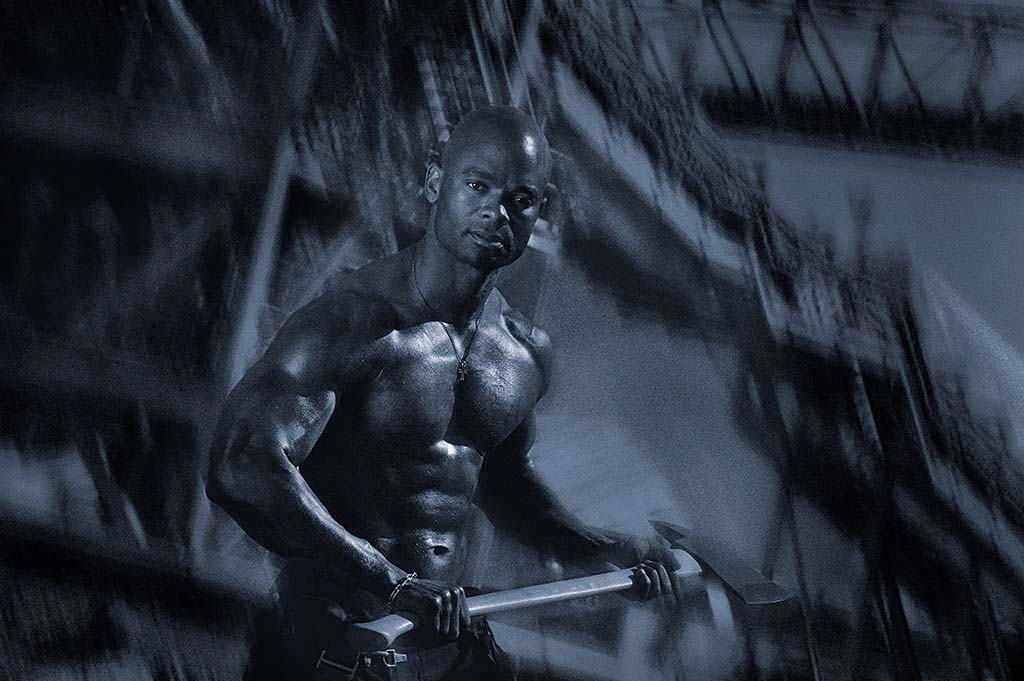I had an interesting conversation with Mathew Frazer of Panasonic awhile back, while showing me the Lumix GH3 he mentioned that this 16MP camera had a very cool feature, you can shut the mechanical shutter off when shooting stills! Wow I thought. For the longest time I have wondered why all the DSLR manufactures still put mechanical shutters in their cameras. From 1998 to about 2003 I did beta testing of Foveon’s prototype digital camera, this three chip camera had no mechanical shutter, just an electronic virtual shutter. It was amazing to shoot with, you could sync with flash/strobe at any speed. For instance, setting the Foveon to f 5.6 at 1/4000ths of a second (providing your flash or strobe has a flash duration faster than this), would allow me to under expose the sunlight by 2 stops allowing my flashes or strobes to be my main light source. When using a DSLR, your flash sync speed is usually 1/200th or less, this is really limiting outdoors if you want to create your own artificial lighting mixed with the available light. The old Hasselblads I used to use for instance are great, they use leaf shutters and so can sync at really high speeds. Canon and I think Nikon claim 1/250th but that is only with their dedicated flash or speed lights. You can use RadioPoppers and Pocket Wizard radio slaves, both allow super fast sync speed with flash but take some work to setup properly–I’m currently working with HyperSync with PocketWizards with some amazing results after a day of testing and setting it up (see image of model Kelsey Barnwell wearing designer Sam Stringer’s fiery red creation in this post. Back to Panasonic, Mathew told me that the reason for the shutter off mode was for silent shooting, for “on-set” movie stills and for sneaky paparazzi. Anyhow it seems that this DSLR may be able to work with high speed sync with flash, Mathew didn’t have a flash at the booth to try it out but it seems to me that it should work. I will be in touch with him to find out. Mathew did tell me why manufacturers include the mechanical shutter, he said, “With a CCD sensor, when you capture an image, every diode is activated by the photons striking it. With a CMOS sensor like we have in the Lumix, you can’t capture all simultaneously. With CMOS, when you use the electronic or digital shutter, the first row of sensors on the chip are capturing the light and it might be out of phase of the refresh of the light, so what happens is the first, two, three, four, or five rows may have caught the light at the peak of the 60 HZ refresh of the light, well the next few rows, may have caught it out of cycle so the light is darker – as a result, you get these funky pinstripes patterns that can show up on the image. This however usually only happens at slower digital shutter-speeds. If you are at a higher speed, its not going to be a problem. Part of the problem with the digital shutter is that it doesn’t shut off immediately, it trails off. The mechanical shutter of course doesn’t and so there is a distinct cut off, with the digital shutter you could get some blurring and sometimes you get some banding in the darks tones. If you are shooting at higher speeds with studio strobes or flash outdoors, these shouldn’t be a problem.”
All the best,
Dave





